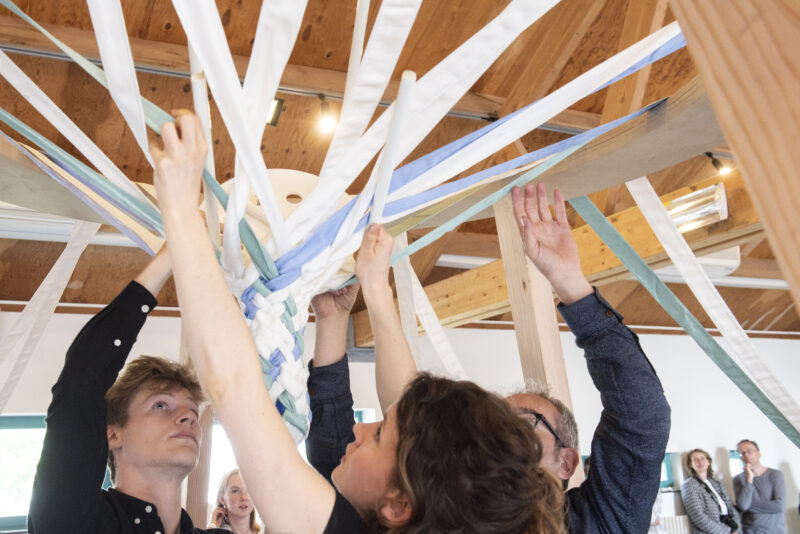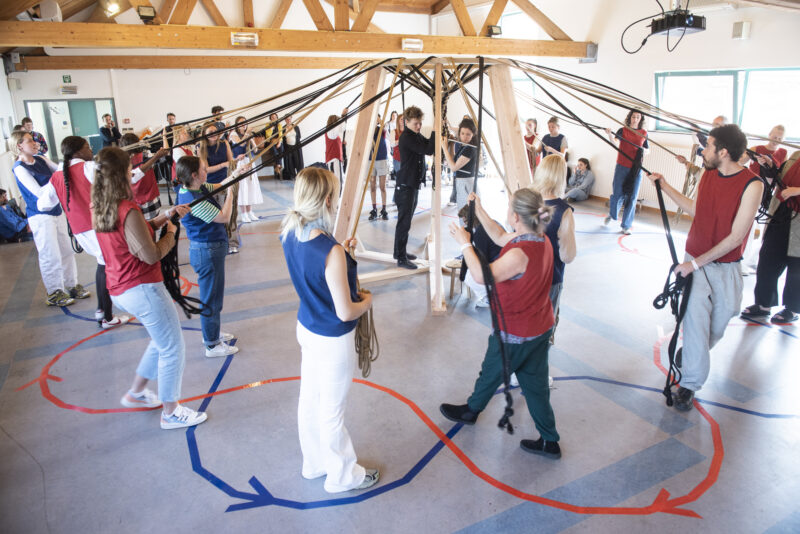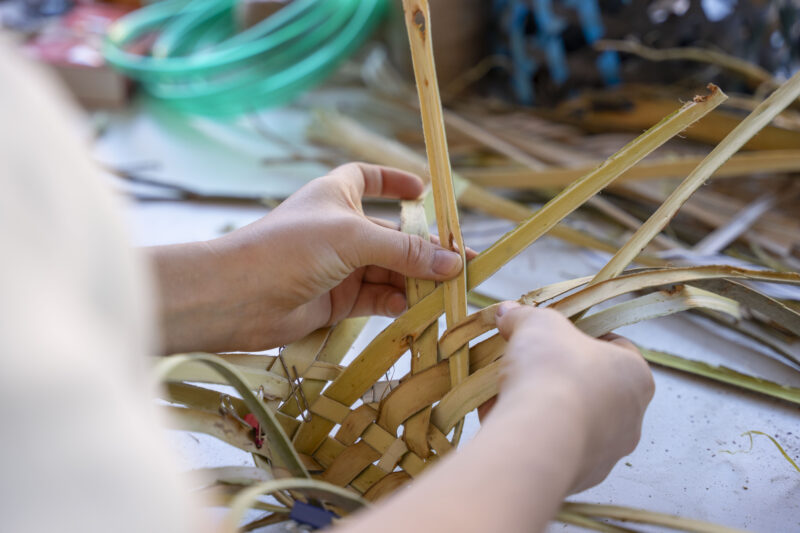Crossing
Crossing refers to the action of one strand passing over or under another strand in a systematic and organized manner. The gesture is an essential element of the braiding process, where one or multiple strands of material – such as threads, yarns, or fibers – are crossed either diagonal or in a 90° – or vertical – angle to create a structure. Depending on how you cross the different strands, you can create flat surfaces or three-dimensional – and even round hollow – shapes.
Whether creating the simplest three-strand braid or a more intricate pattern, the accurate crossing of strands is fundamental to achieve the desired shape and pattern. There’s not one dominant component, they’re all equally important. An even tension must be given to all strands during the whole process. The interplay of the crossings allows the creation of different unique braided designs. This hands-on approach allows for precision and customization, making it a versatile, timeless technique in various applications.
The gesture of crossing overarches different traditional braiding techniques such as kumihimo, basket plaiting, manual braiding, maypole braiding and 3D-weaving.
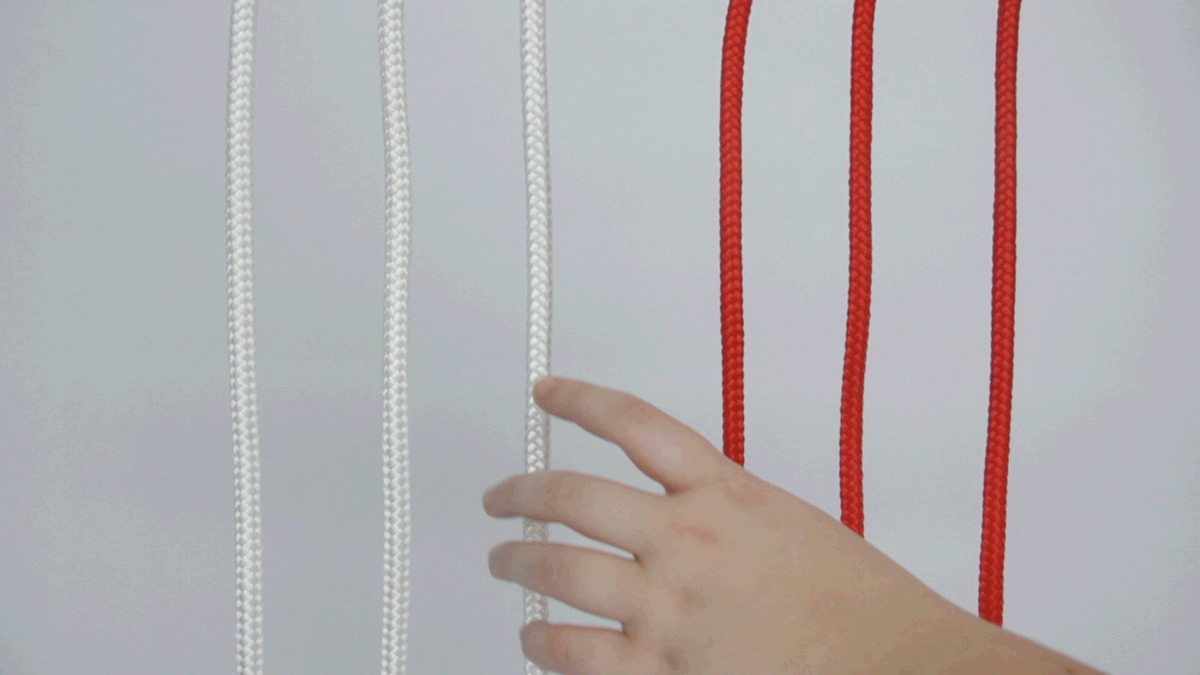
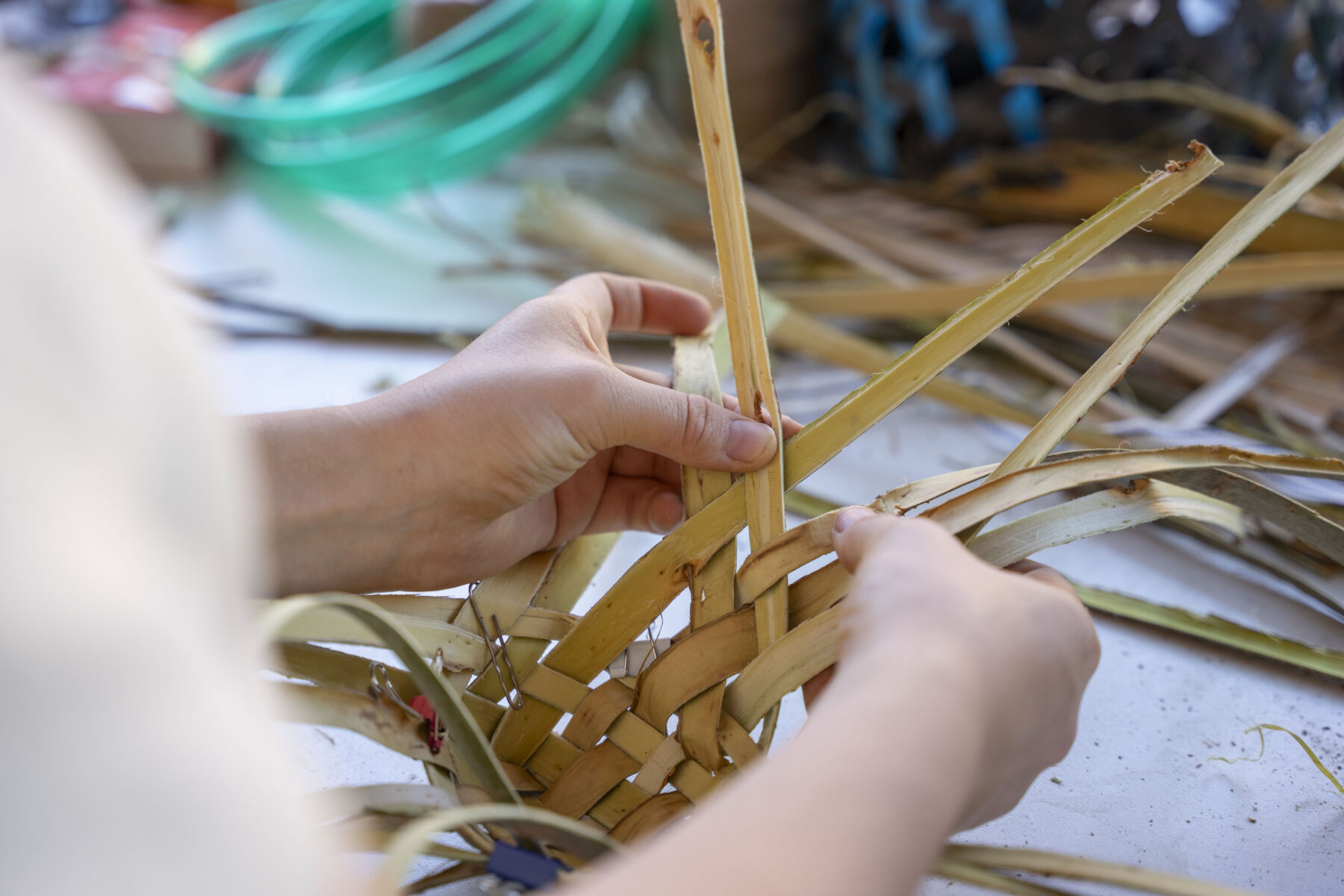
Trial & Error
Insights
Hand braiding free ends
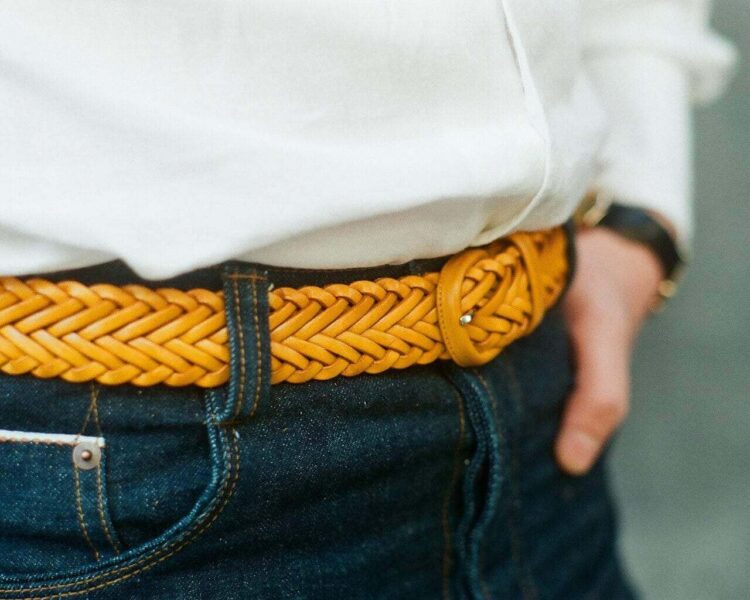
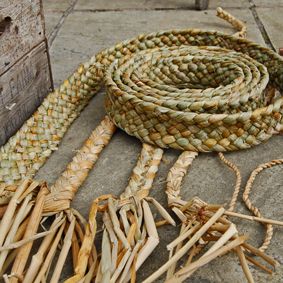
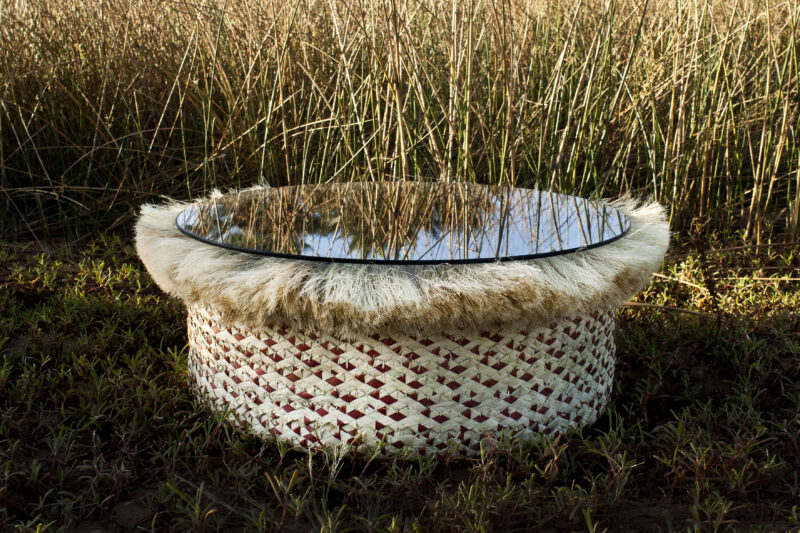
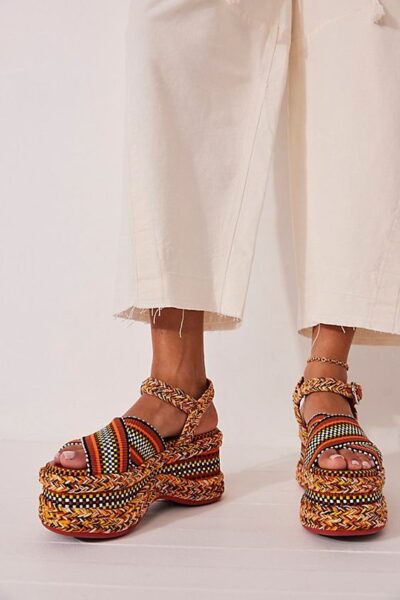
kumihimo
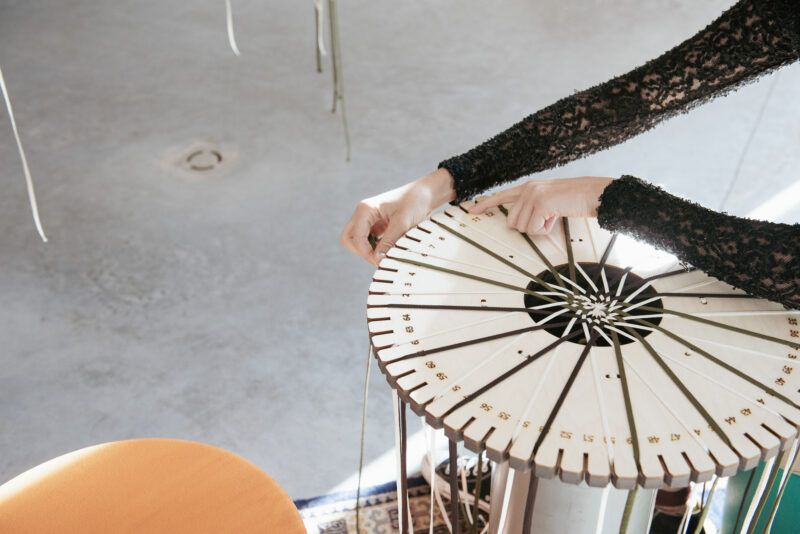
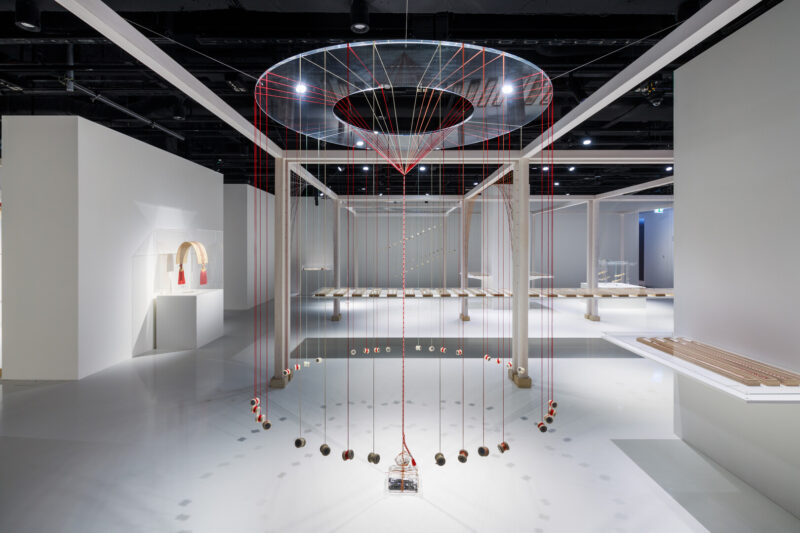
basket plaiting
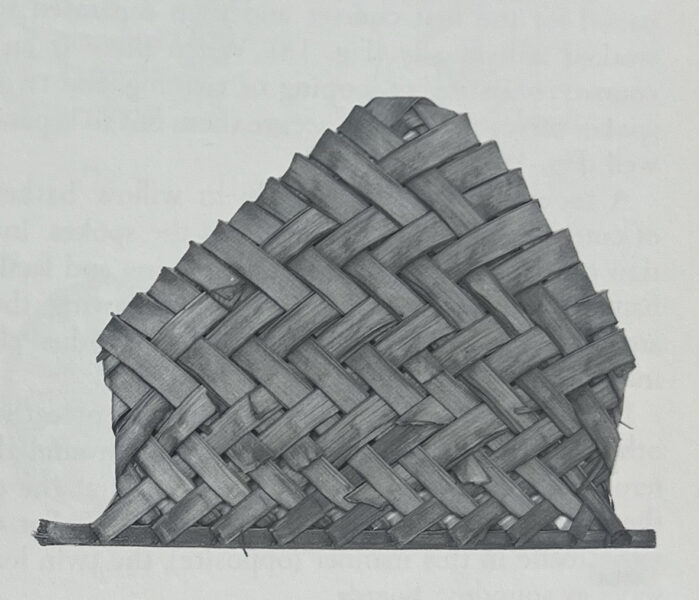
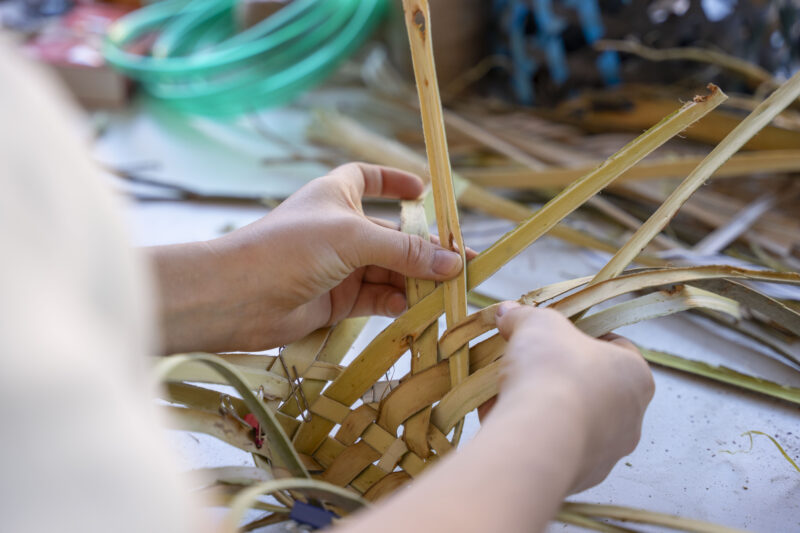
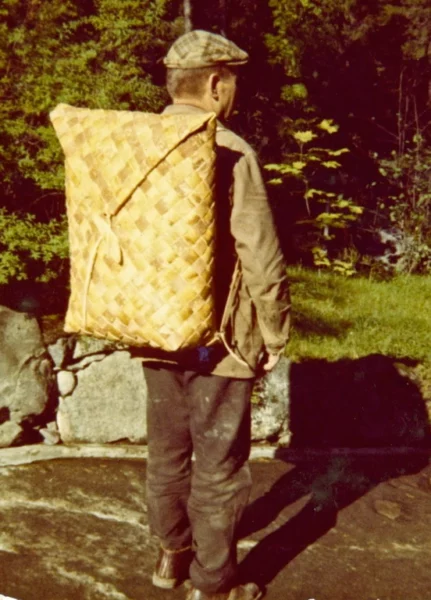
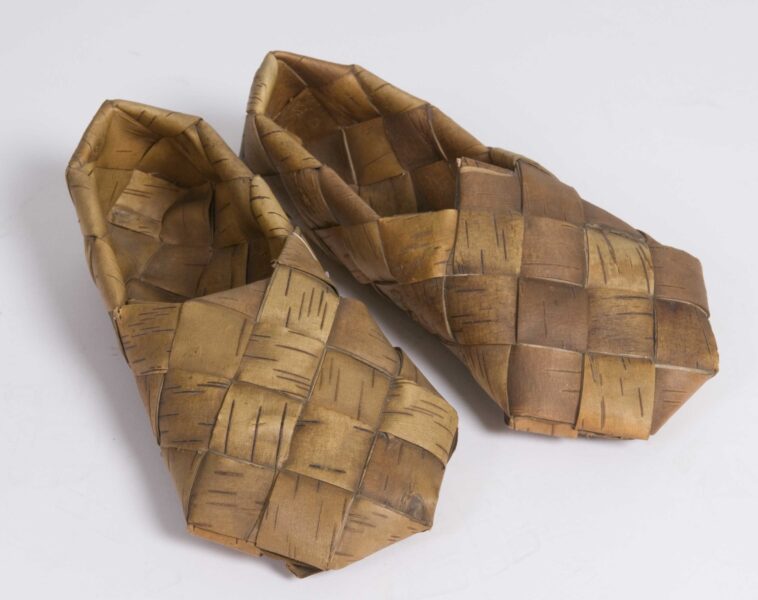
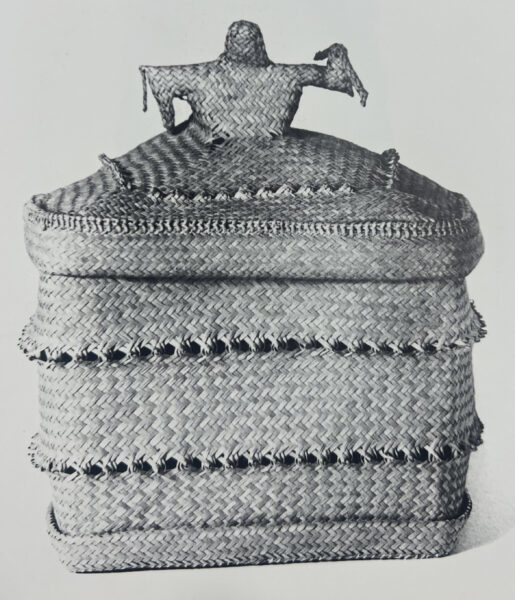
maypole braiding
